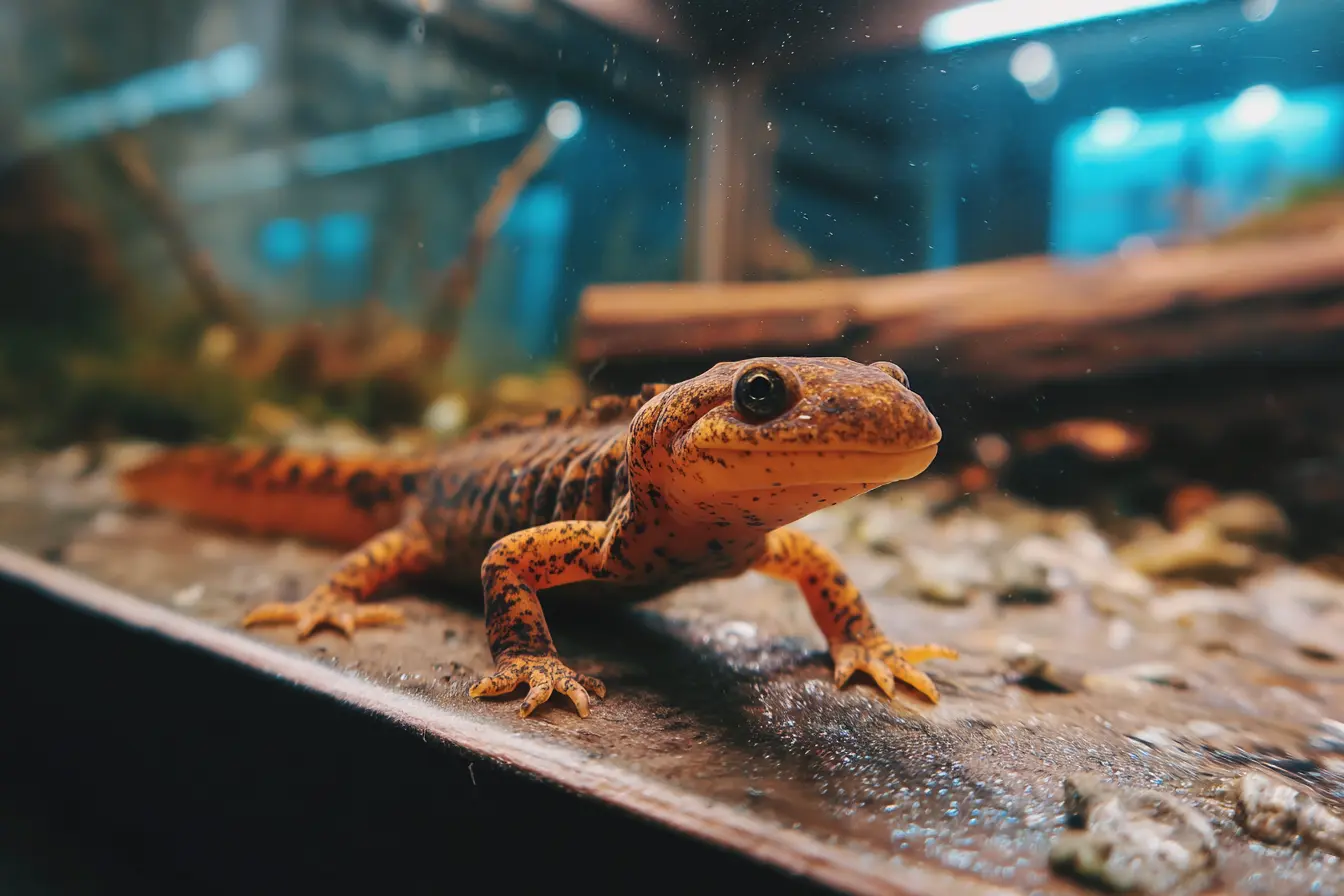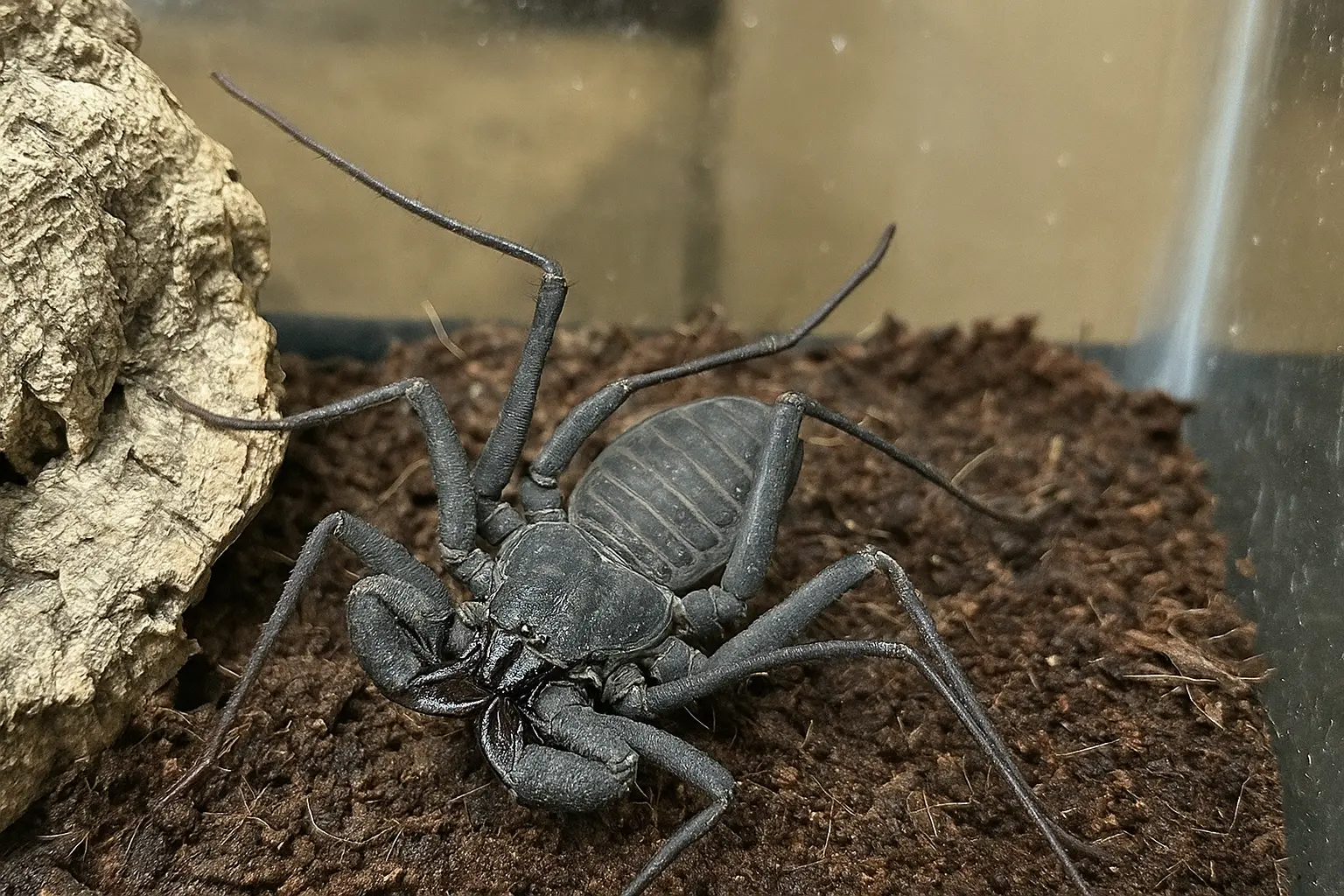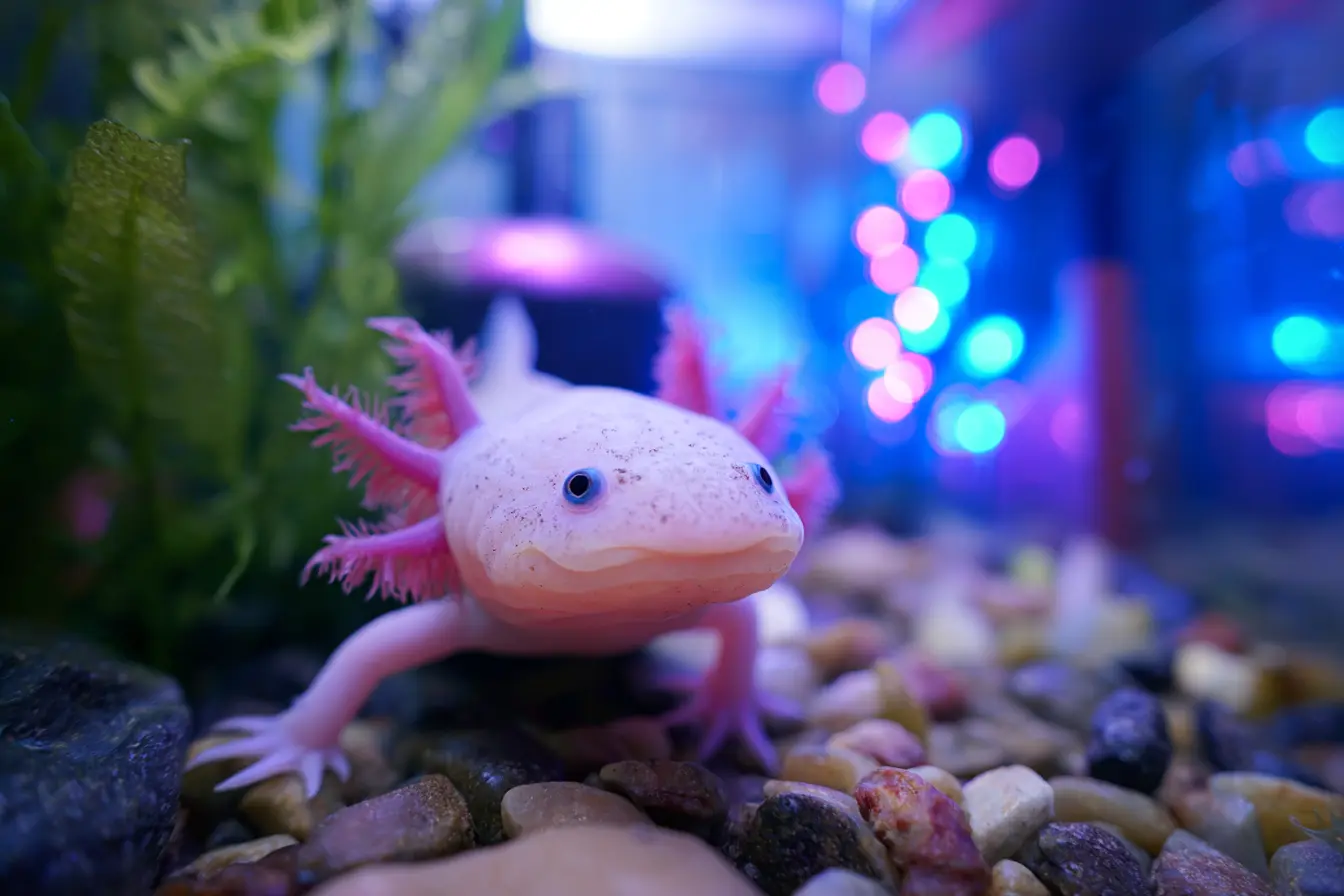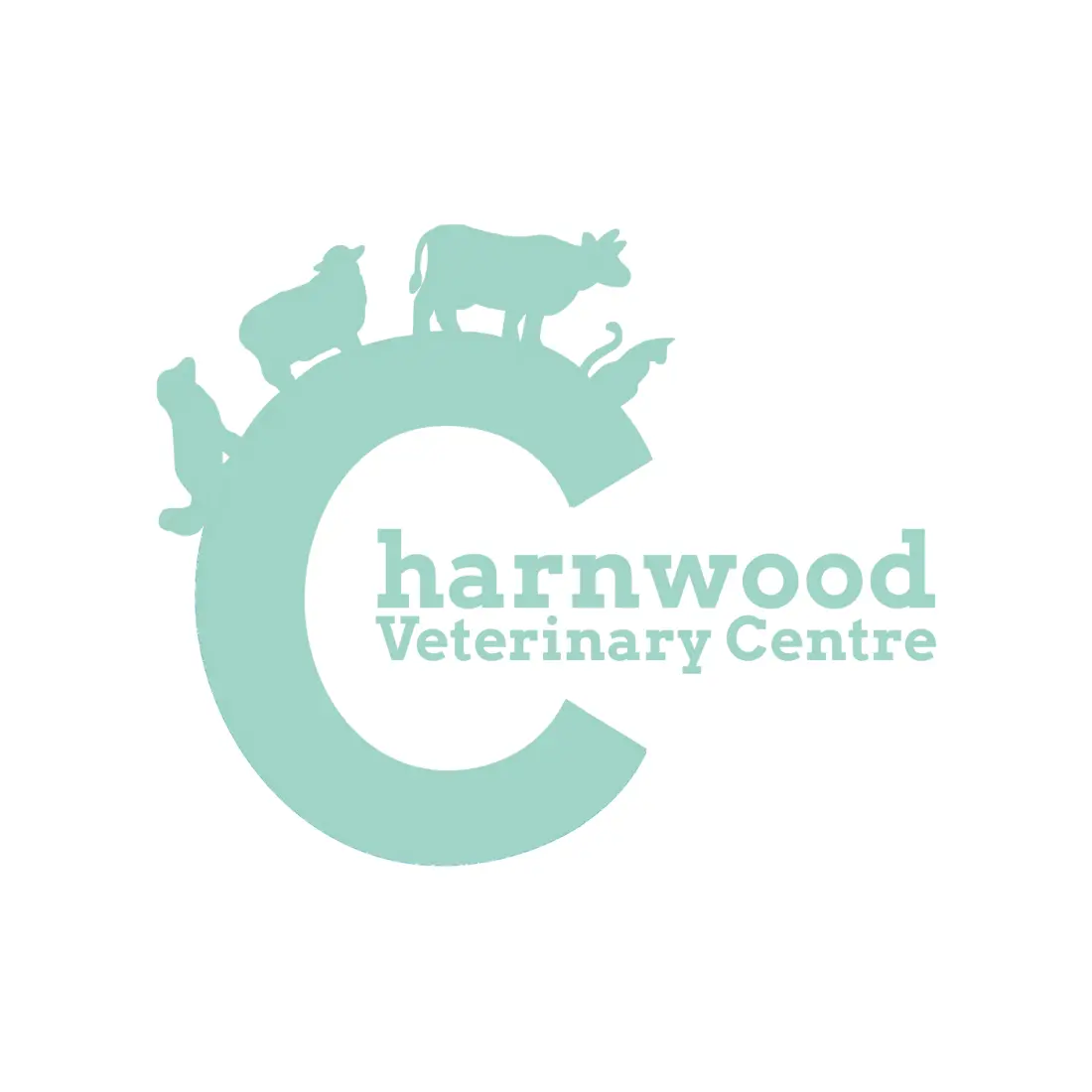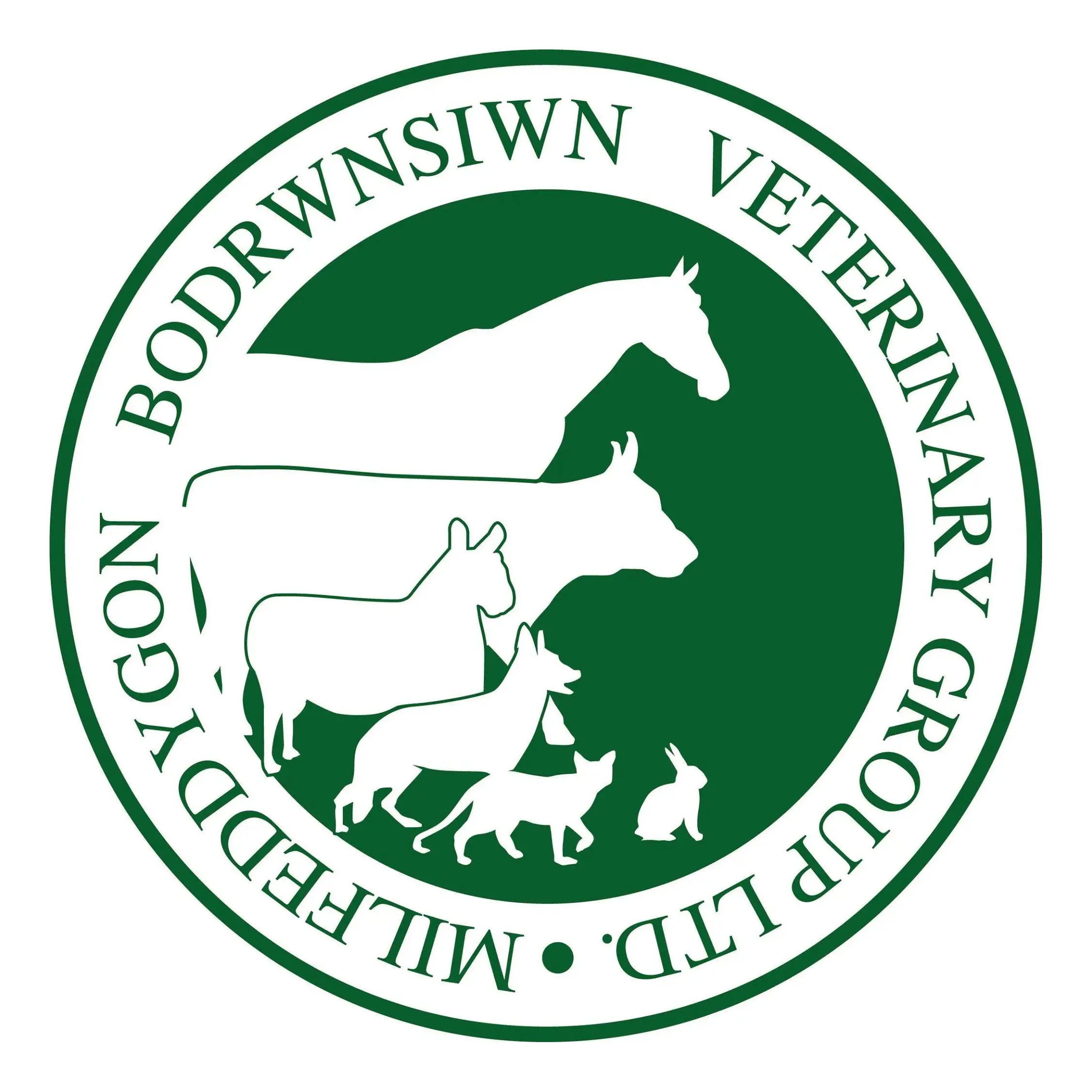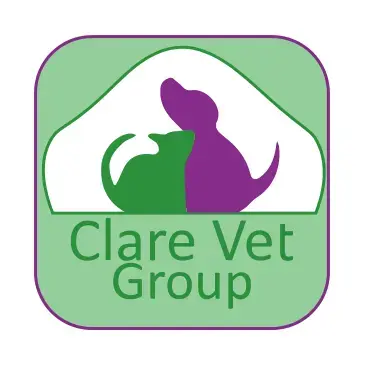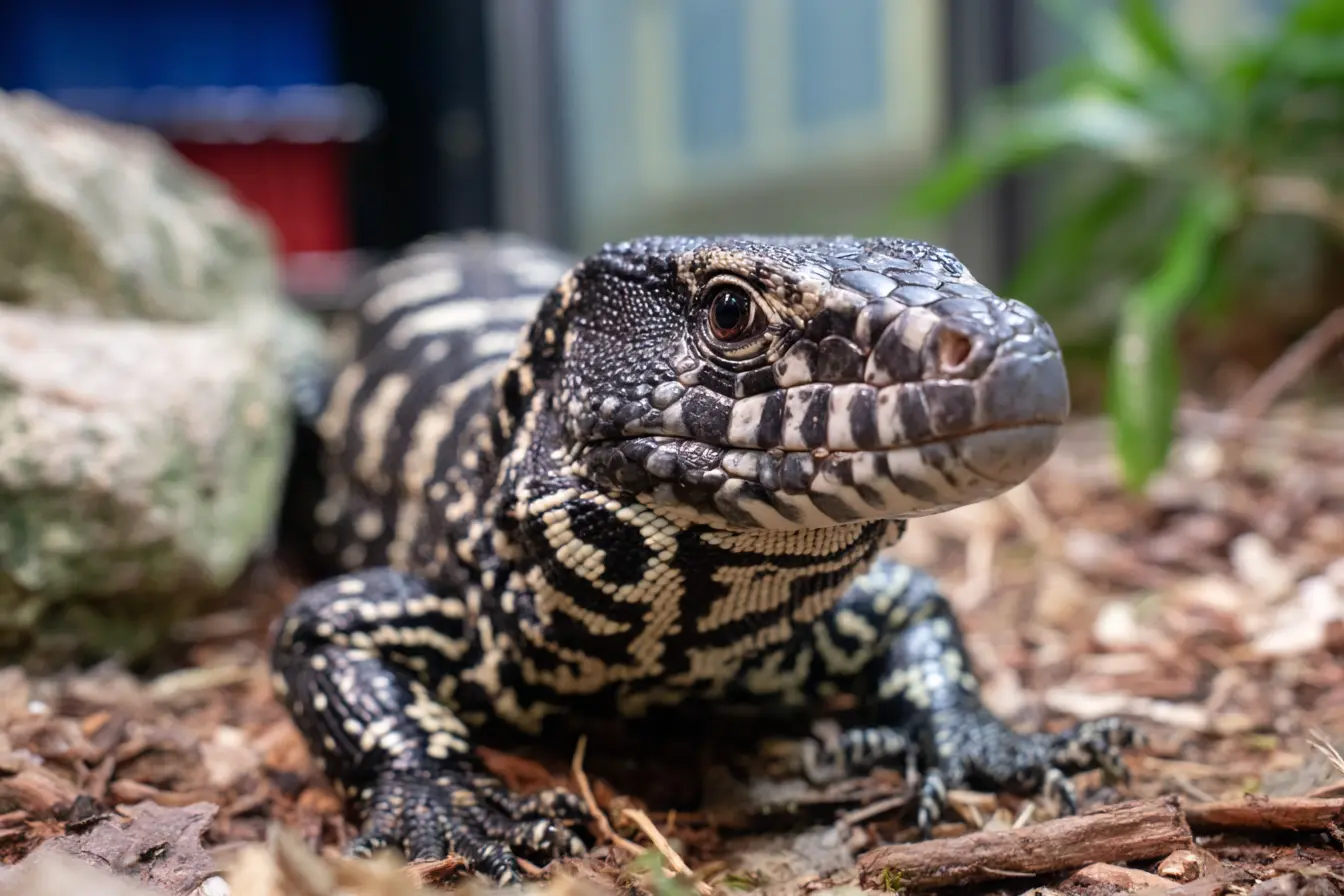
Colombian Tegu Care Guide: Everything New Owners Need to Know
Colombian tegus (Tupinambis teguixin), also known as golden tegus or black and gold tegus, are powerful and intelligent lizards native to northern South America. These impressive reptiles are often sought after by experienced keepers due to their striking appearance and engaging personality. However, they can be challenging to care for and are not the best choice for beginners.
If you’re considering getting a Colombian tegu, it’s essential to understand their specific needs to ensure they live a healthy and happy life in captivity. This guide will cover everything you need to know about their care, diet, housing, and handling.
What is a Colombian Tegu?
Colombian tegus are medium to large lizards that can grow up to 90–120 cm in length, with males being larger than females. They are closely related to the more popular Argentine tegus but have a different temperament and slightly different care requirements. Colombian tegus tend to be more defensive and less tolerant of handling, which makes consistent socialisation and care essential.
Their colouration is typically a mix of black and gold bands, which gives them their common name, the golden tegu.
In captivity, Colombian tegus can live for 12–15 years with proper care.
Sourcing and Selecting a Colombian Tegu
It’s important to choose a healthy tegu from a reputable source.
Where to Buy
- Reputable breeders: Captive-bred tegus are the best option as they are generally healthier and more accustomed to human interaction.
- Specialist reptile shops: Some UK reptile shops sell Colombian tegus, but ensure they are not wild-caught.
- Rescue centres: Consider adopting a tegu in need of a home.
To help combat the illegal wildlife trade, avoid purchasing wild-caught tegus. These animals are often more aggressive, stressed, and likely to carry parasites, which can complicate their care.
What to Look For
When selecting a Colombian tegu, check for these signs of good health:
- Bright, clear eyes and no nasal discharge
- A full, muscular body with no signs of emaciation
- Smooth skin with no retained shed or visible injuries
- Active, alert behaviour
Enclosure Setup
Colombian tegus are terrestrial lizards that require a large enclosure with plenty of floor space. Given their size and activity level, providing adequate space is essential for their well-being.
Enclosure Size
For an adult Colombian tegu, the minimum recommended enclosure size is 180 cm (L) x 90 cm (W) x 60 cm (H). Larger enclosures are always better, especially for long-term housing.
Custom-built enclosures are often necessary due to their size requirements.
Substrate
A deep, diggable substrate is essential for tegus to exhibit their natural burrowing behaviour. Suitable substrates include:
- Coconut coir and play sand mix
- Orchid bark
- Cypress mulch
Provide at least 20–30 cm of substrate depth to allow for digging. Keep the substrate slightly moist to help maintain proper humidity.
Heating and Lighting
Colombian tegus are cold-blooded and require external heat sources to regulate their body temperature.
- Basking spot temperature: 38–45°C
- Ambient temperature: 25–30°C
- Night-time temperature: 20–24°C
Use a combination of basking bulbs and ceramic heat emitters to maintain these temperatures. UVB lighting is essential for tegus to synthesise vitamin D3 and prevent metabolic bone disease. Use a 10–12% UVB bulb, covering at least two-thirds of the enclosure.
Humidity
Maintain humidity levels between 60–80%. Misting the enclosure regularly and providing a large water dish will help maintain proper humidity levels. Use a hygrometer to monitor humidity.
Enrichment and Hides
Colombian tegus are highly active and intelligent, so it’s essential to provide an enriching environment. Include multiple hides, logs, rocks, and branches for climbing. A large water dish that they can soak in will also help with shedding and hydration.
Diet and Nutrition
Colombian tegus are omnivores, meaning they require a varied diet of animal protein, fruits, and vegetables. Feeding a diverse diet is crucial for their health and well-being.
Staple Foods
- Lean meats (cooked chicken, turkey, or fish)
- Insects (crickets, dubia roaches, locusts)
- Eggs (hard-boiled or scrambled)
- Fruits (blueberries, mango, papaya, strawberries)
- Vegetables (collard greens, butternut squash, dandelion greens)
Occasional Treats
- Pinkie mice or small rodents (offered sparingly due to high fat content)
- Snails
Supplementation
Dust their food with calcium powder with vitamin D3 three times a week and a multivitamin supplement once a week. Always provide fresh water in a large dish and change it daily.
Handling and Behaviour
Colombian tegus are intelligent and can learn to recognise their owners, but they are naturally more defensive than Argentine tegus. Building trust takes time and patience.
Tips for Handling
- Begin handling your tegu from a young age, using short, gentle sessions.
- Support their entire body, especially their tail and legs.
- Avoid grabbing them from above, as this can cause stress.
- Use positive reinforcement by offering food during handling to build trust.
While some Colombian tegus can become quite tame, others may remain defensive throughout their lives. Always respect their boundaries.
Common Health Issues
Colombian tegus are hardy reptiles, but they can develop health problems if their care requirements are not met.
Metabolic Bone Disease (MBD)
Caused by calcium deficiency and lack of UVB exposure. Symptoms include lethargy, soft bones, and difficulty moving.
Respiratory Infections
Often caused by incorrect humidity or temperature levels. Symptoms include wheezing, open-mouth breathing, and nasal discharge.
Parasites
Internal parasites are more common in wild-caught tegus. Symptoms include weight loss and diarrhoea. Regular faecal tests by a reptile vet can help detect parasites early.
Obesity
Tegus can easily become obese if fed too many high-fat foods. Monitor their weight and diet closely.
If you notice any signs of illness, consult a reptile specialist vet immediately.
Specialist Vet Care
Colombian tegus do not need vaccinations, but regular health checks are recommended.
Routine Health Checks
An annual visit to a reptile vet is advised. This should include a physical exam and a faecal test for parasites.
Emergency Situations
Seek immediate veterinary care if your tegu shows signs of:
- Significant weight loss
- Persistent lethargy or refusal to eat
- Difficulty breathing
- Visible injuries or swollen limbs
Care and Maintenance
Maintaining a clean and well-regulated enclosure is essential for your tegu’s health.
Daily Tasks
- Check temperatures and humidity
- Remove uneaten food and spot-clean waste
- Ensure fresh water is available
Weekly Tasks
- Clean and disinfect water dishes and hides
- Inspect heating and lighting equipment
Monthly Tasks
- Deep-clean the enclosure and replace substrate as needed
- Replace UVB bulbs every six months
Final Thoughts
Colombian tegus are rewarding pets for experienced reptile keepers who are prepared to meet their specific needs. They require a large enclosure, a varied diet, and regular interaction to stay healthy and happy. With the right care, they can develop into engaging, intelligent companions.
By following this guide, you’ll be well-prepared to provide your Colombian tegu with the best care possible.
Related Vets
Vets near you
Speciality vets
- Aquatics vet specialists
- Birds vet specialists
- Camelids vet specialists
- Cats vet specialists
- Cattle vet specialists
- Deer vet specialists
- Dogs vet specialists
- Equines vet specialists
- Exotic vet specialists
- Goats vet specialists
- Pigs vet specialists
- Poultry vet specialists
- Sheep vet specialists
- Small Mammals vet specialists
- Wild vet specialists
